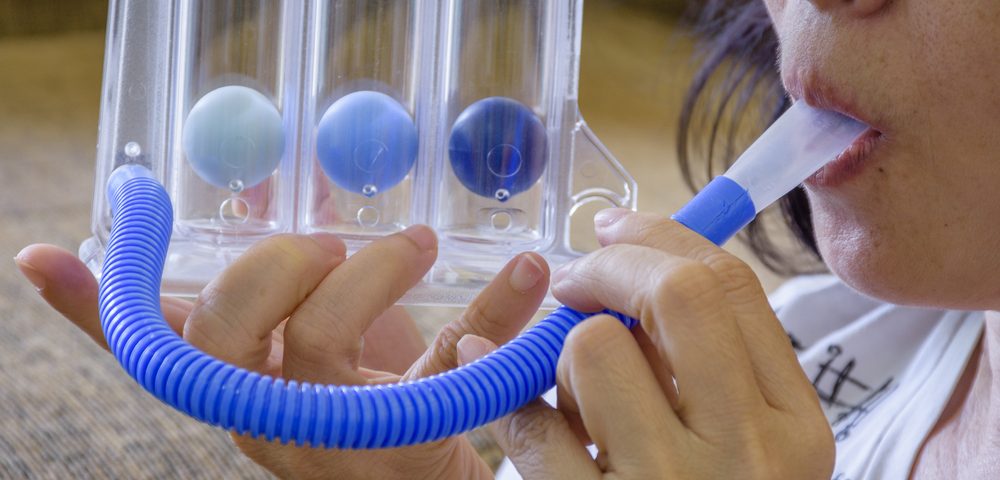A poor ability to effectively expel air from the lungs — known as “air trapping” — may be a predictor of bronchiectasis severity in people with moderate-to-severe chronic obstructive pulmonary disease (COPD), a study reports.
Moderate-to-severe bronchiectasis was also most often found COPD patients with a history of pulmonary tuberculosis, a lower body mass index (BMI) and a poor prevalence of bronchodilator reversibility (BDR) — a test of lung function.
These findings were obtained through quantitative computed tomography (CT) and reported in the study, “Quantitative computed tomography features and clinical manifestations associated with the extent of bronchiectasis in patients with moderate-to-severe COPD,” published in the International Journal of Chronic Obstructive Pulmonary Disease.
According to the Global Initiative for Chronic Obstructive Lung Disease (GOLD), bronchiectasis is considered a COPD comorbidity or related condition. In fact, up to 69 percent of COPD patients are diagnosed with bronchiectasis. Partly, this prevalence may be the result of the wide availability of CT scans, a more advanced and non-invasive way of evaluating lung health in COPD patients.
But CT technology have largely been used qualitatively, rather than quantitatively — measuring and giving metrics to evidence of air trapping and other abnormalities or disease alterations in patients’ lungs. Few studies have used quantitative CT to determine the severity of bronchiectasis in COPD patients.
Researchers in Korea investigated quantitative CT features and clinical symptoms associated with bronchiectasis in moderate-to-severe COPD patients.
A total of 127 COPD patients were enrolled and divided in three groups according CT scan findings: no bronchiectasis, mild bronchiectasis, and moderate-to-severe bronchiectasis.
Patients, by group, were compared regarding demographic data, clinical symptoms, pulmonary function, inflammatory markers present in the serum, medical history, and quantitative CT values.
A majority of patients — 73 of 127 or 57.5 percent — were diagnosed with bronchiectasis. Among them, 51 (40.2 percent) had a mild case, and 22 patients (17.3 percent) had moderate-to-severe disease.
Analysis showed that COPD patients with bronchiectasis were older, had a history of pulmonary tuberculosis, poorer lung function as seen in BDR, and more severe air trapping that those without this comorbidity.
Pulmonary tuberculosis was also found to be an independent predictor of the presence of bronchiectasis in COPD patients, and a higher frequency of prior tuberculosis events were seen in those with moderate-to-severe bronchiectasis.
Importantly, results indicated that “severe air trapping was associated with the extent of bronchiectasis in moderate-to-severe COPD patients,” the researchers wrote.

